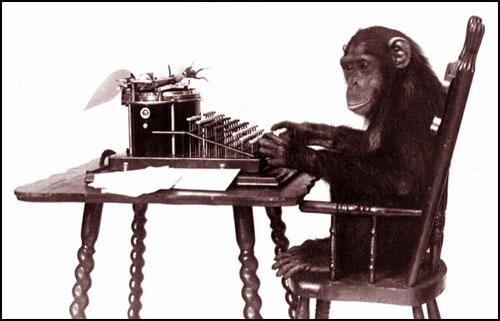What’s your favourite condiment? What do you love to squirt onto your burgers, your dogs, your sandwiches?
(I’ll tell you what America’s current favourite is in a minute – and why it’s important to you as a writer.)
Know what condiment the ancient Romans loved best? It’s called garum, a putrid blend made of stinky rotten fish. The Roman writer Seneca called it an “expensive bloody mass of decayed fish [which] consumes the stomach with its salted putrefaction.”
Yum, right? (OMG, no.)
Know why the Romans loved the stuff? Because their food was so, so stinky that they needed a condiment strong enough to cover it up. Ew.
The perfect condiment for stinky writing
Some people’s writing is like this, too. Stinky stuff. Their writing isn’t clear, their ideas are shallow – but they use big, fancy words, splashing them around like garum to cover up the stench. They hope you won’t notice.
























 In the movie
In the movie  Keith Richards is
Keith Richards is  This is a little more of a personal question than I usually share here, but I figure, what’s a community for, if not learning and growing together.
This is a little more of a personal question than I usually share here, but I figure, what’s a community for, if not learning and growing together. Five questions: that’s all it takes to figure out if you’re cut out for writing kids’ books. Yes? No? Maybe so?
Five questions: that’s all it takes to figure out if you’re cut out for writing kids’ books. Yes? No? Maybe so?  3. Does your kid love to draw so much
3. Does your kid love to draw so much 




